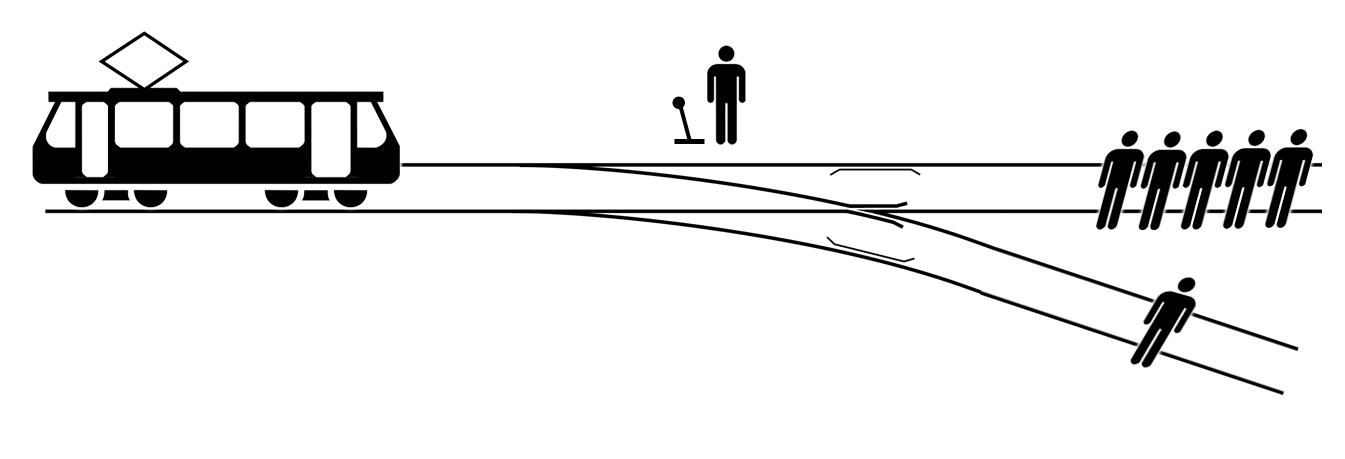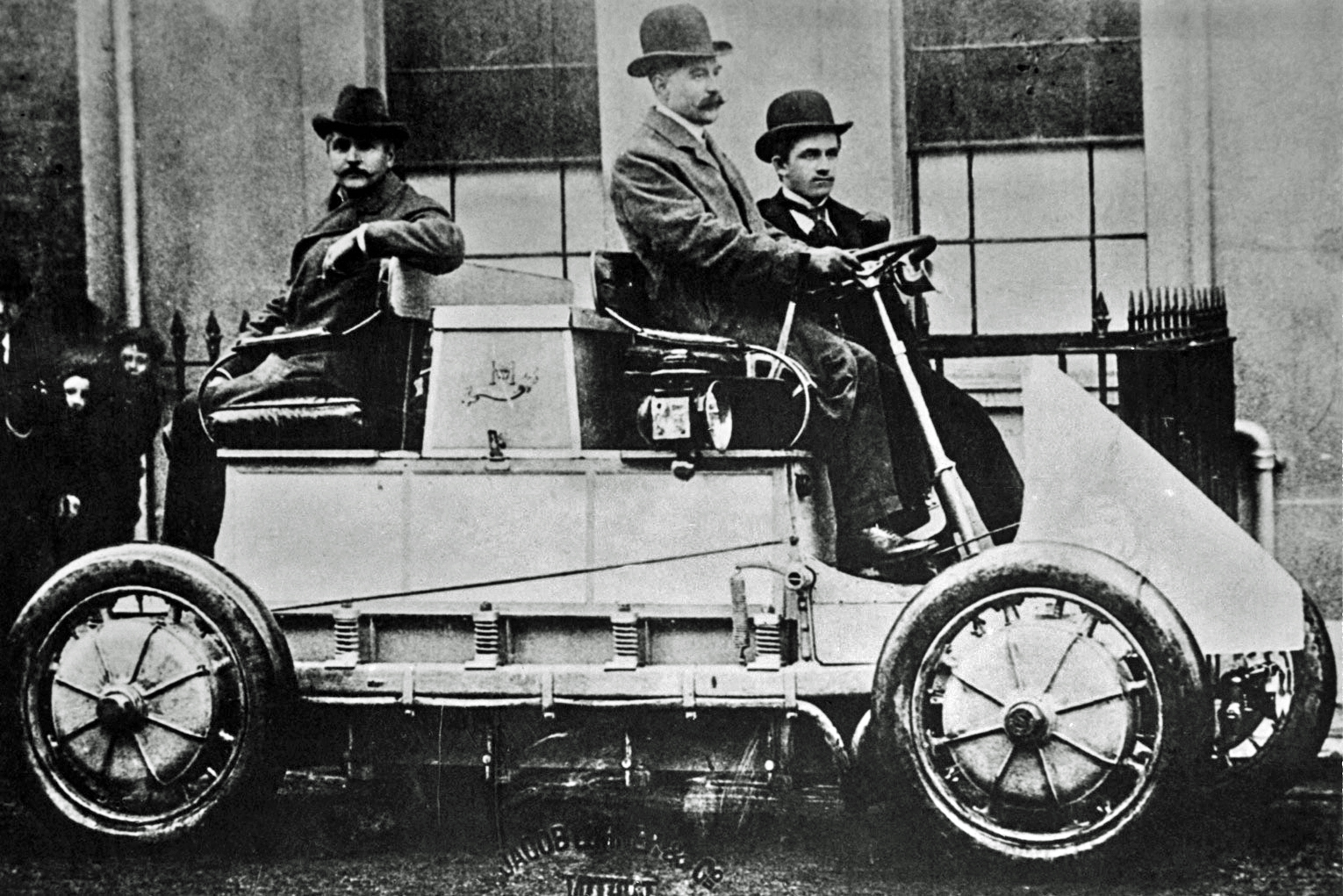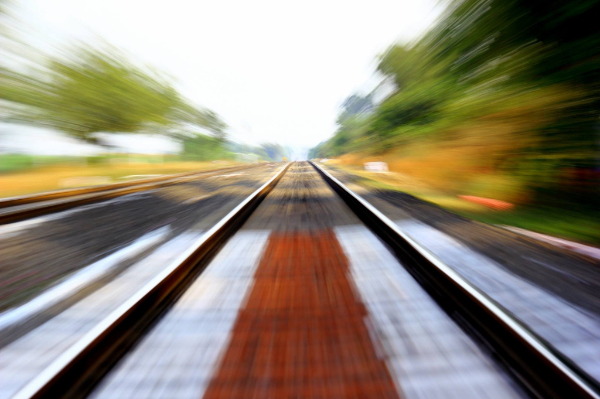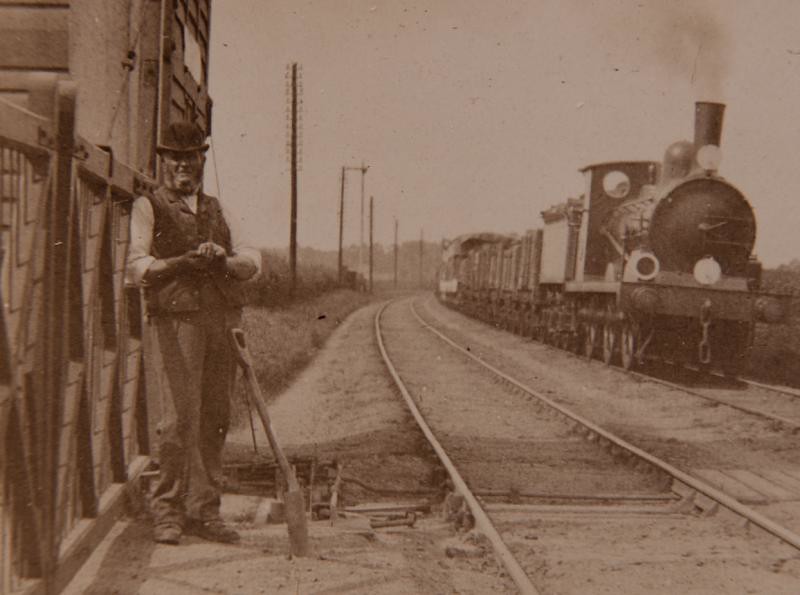Beyond the Trolley Problem

Figure 1: The classical trolley problem: the actor can pull the lever to save five people on the upper track from the out-of-control tram, condemning the person on the lower track to die. Image CC BY-SA 4.0 McGeddon @ Wikipedia
In the recently published “Trolled by the Trolley Problem”[1] Alexander G. Mirnig and Alexander Meschtscherjakov point out the severe limitations of the trolley problem with regard to ethics- and technology assessment as applied to (semi-)autonomous vehicles. They go on to criticize the amount of effort spent on it and argue for better foci. In this essay, I'll give a short overview over their critique and want to point out other, wider potential issues in need of studying and societal deliberation beyond the artificial, construed confines of the trolley problem.



